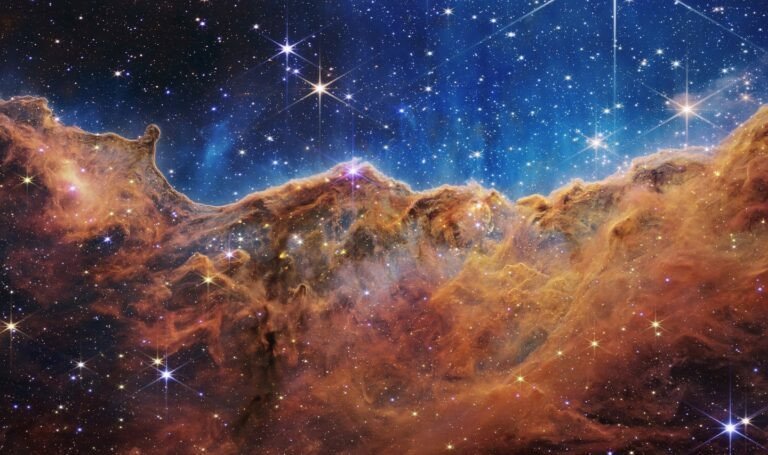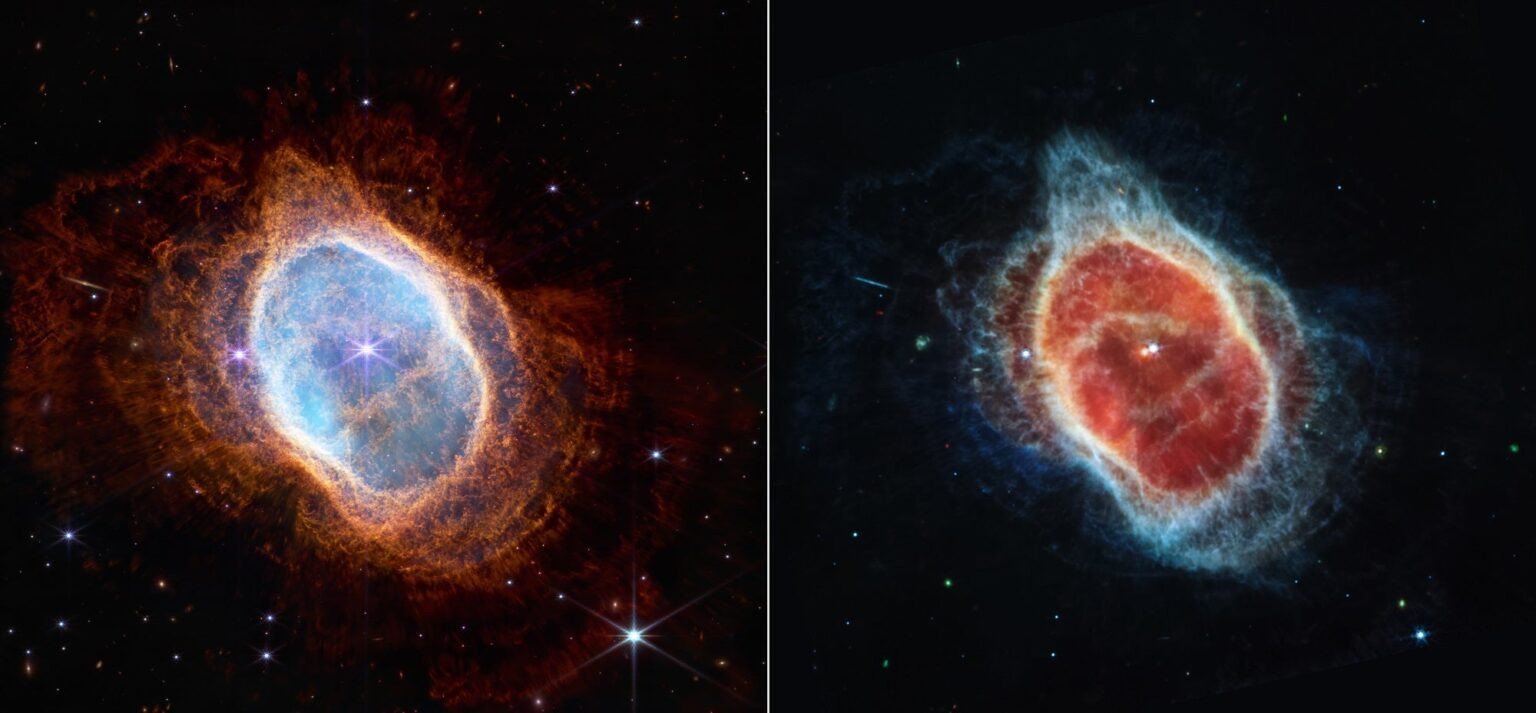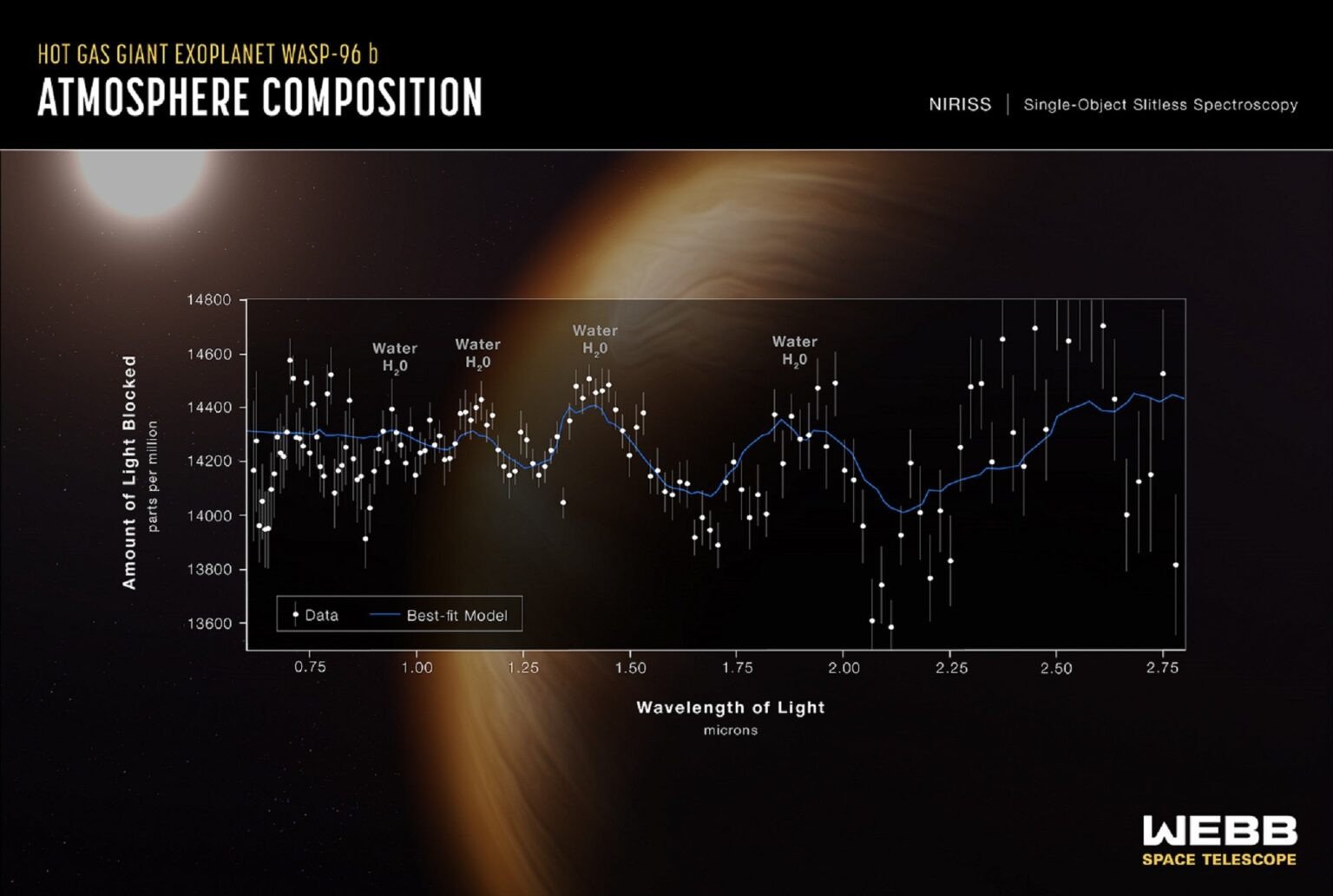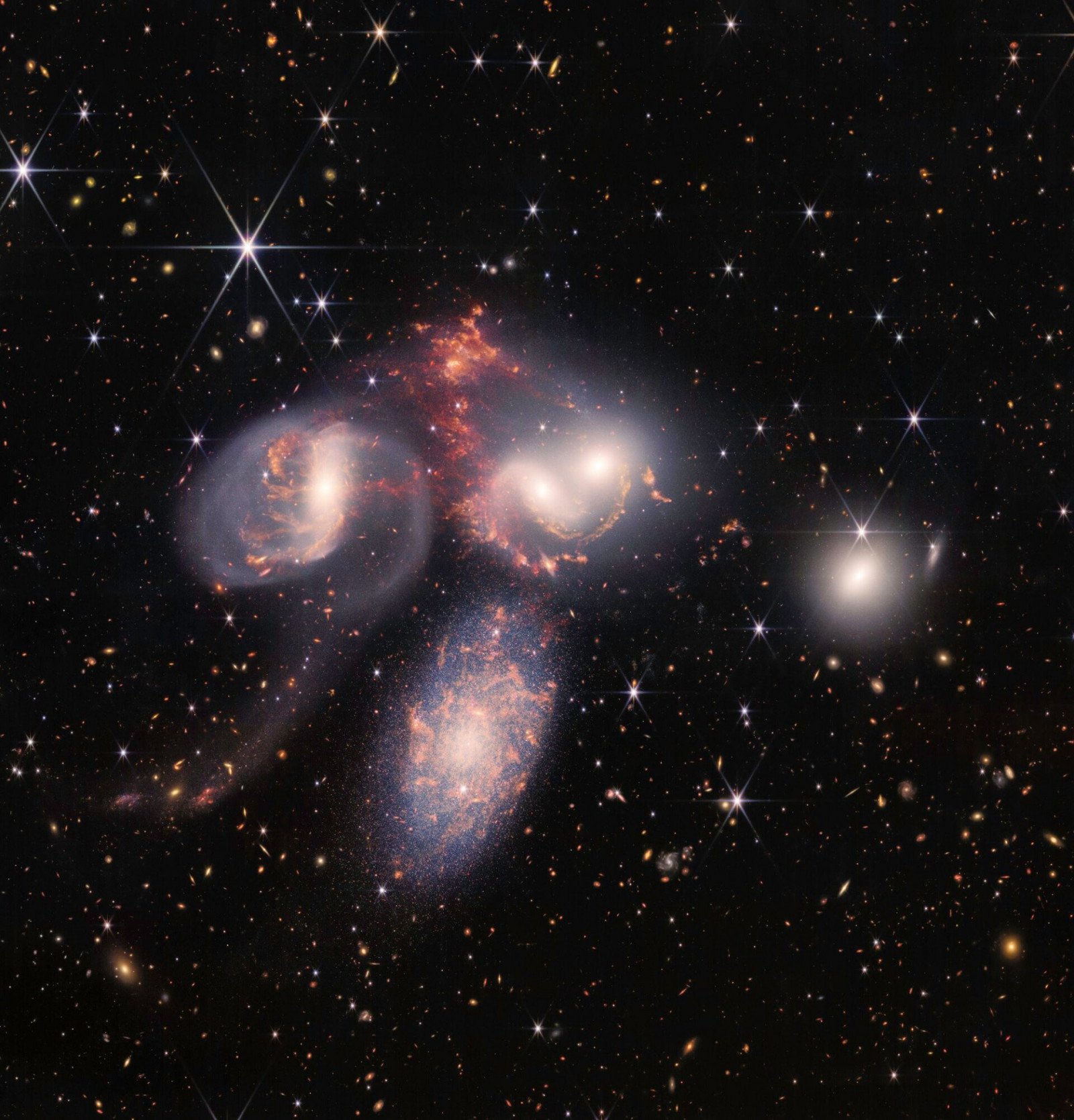After the first image released yesterday, NASA has released 4 more fascinating frames from the James Webb Space Telescope. The new observations include a budding nebula, a watery exoplanet and a hidden star sanctuary.
According to Popular Science, Webb Program Director Greg Robinson asked the audience at NASA’s Goddard Campus if they had seen the nightly scene during the opening speech of the event, where the new footage was released. “You haven’t seen anything yet,” Robinson continued, after a burst of enthusiastic applause.
The JWST team has released new images from the telescope’s first six months of flight and observations. The James Webb Space Telescope is the largest and most powerful observatory ever sent into space. Part of the reason it’s so powerful is that it can capture images via infrared light, thereby seeing depths that the human eye cannot detect.
Looking beyond the dust and clouds of space, the telescope can see the birth of stars and galaxies dating back more than 13.1 billion years. In this way, he can observe ancient periods that humanity has not seen before. The universe is estimated to be 13.8 billion years old. NASA Director Bill Nelson says humans are closer than ever to understanding what happened after the Big Bang, when the universe began.
“We’re going to identify questions we didn’t even know to ask,” Nelson says.
Images captured by JWST; It shows clusters of galaxies formed when the Sun and Earth were almost formed, water vapor in the atmosphere of an exoplanet 1,000 light-years away, a planetary nebula around a star that has reached the end of its life, the cosmic evolution of galaxies, and the birth of stars.
JWST Operations Project Scientist Jane Rigby says this is just the beginning. The telescope, which has the fuel to keep it working for another twenty years, is expected to collect data that scientists haven’t even prepared a question about yet.
Before that, Hubble took two weeks to capture the farthest image of a galaxy. JWST will be able to capture images of farther distances in a much shorter time. All these images were taken within a week. “With Webb,” Rigby says, “we did these before breakfast.”
Carina Nebula

The top image glows with stars (including newly formed) in a sea of gas and dust. Capturing a region of the Carina Nebula named NGC 3324, JWST reveals new regions where baby stars are born. The regions where stars are born cannot be detected in visible light due to dust in space. But because JWST’s Near-Infrared Camera and Mid-Infrared Instrument use infrared light, the telescope pierces through the dust. In this way, it reveals hundreds of stars and even galaxies in the background.
Ultraviolet radiation from young stars hollowed out the edge of the nebula, creating the craggy cliffs and canyons that NASA calls the Cosmic Cliffs. Located 7,600 light-years away, this scene is enormous: some columns of dust and ionized gas are 7 light-years high.
Southern Ring Nebula

JWST’s two cameras have observed the Southern Ring Nebula, also known as NGC 3132. The two orbiting stars are surrounded by layers of gas and dust 2,500 light-years from Earth. One of the stars is nearing the end of its life; As its brightness fades, it throws out bowl-shaped shells of cosmic debris.
Data from these images will allow astronomers to understand in greater detail such phenomena, known as planetary nebulae. Gasy breezes, last breaths in slow motion. Planetary nebulae take tens of thousands of years to become extinct. Meanwhile, by studying images like this, researchers can figure out what molecules make up the shrouds of stars.
Wasp-96-b

While not as eye-catching as other JWST images, these data reveal water in the atmosphere of an exoplanet (a planet outside our solar system) 1,000 light-years away. This information will be of great importance in the search for habitable planets beyond Earth. WASP-96-b is just one of more than 5,000 confirmed exoplanets in the Milky Way. An extremely hot gas giant like Venus and Jupiter. It’s also hotter and “softer” than any other planet orbiting our sun. With temperatures pushing 540°C here, the planet is half the mass of Jupiter but 1.2 times larger in diameter.
The Near-Infrared Imager and Slitless Spectrometer on JWST measured over six hours of light from the WASP-96-b system on June 21, creating a light curve that offers more information about the exoplanet’s atmospheric composition. The peaks and valleys in the table indicate the presence of water vapor detected at wavelengths of light. In previous studies conducted on the WASP-96-b, haze and cloud findings were not detected.
Stephen’s Quintet

Created from nearly 1,000 image files and over 150 million pixels, this mosaic is JWST’s largest ever. Five galaxies are visible here. The galaxy, named GNC 7318B, is making a devastating trajectory through the cluster. Alongside the shock waves emanating from this intrusion into the galaxy, JWST also captured images of gas and dust swirling and swirling on them as the galaxies’ gravity interacts.
Because four of the five galaxies are so close together on the cosmic scale, they provide a “laboratory” for studying fundamental processes of galactic evolution, according to NASA. Here, galaxies disrupting each other’s gases have even triggered the formation of new stars in the vicinity.